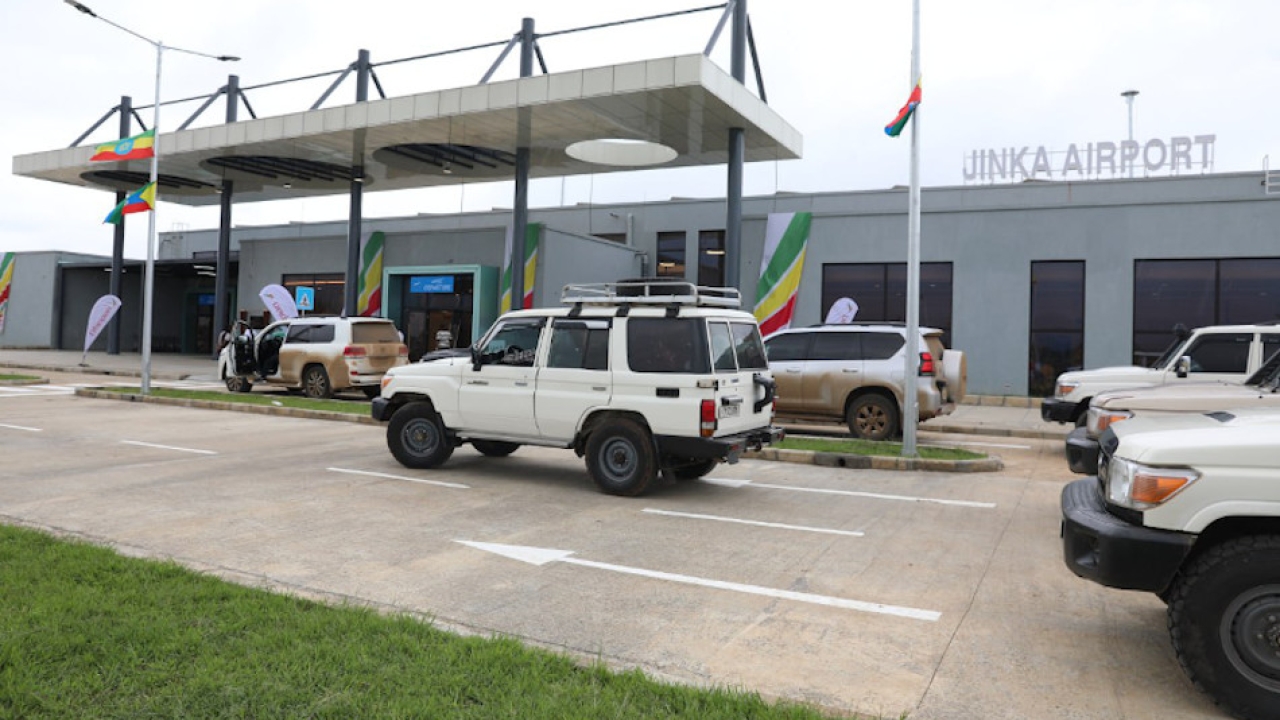ONDA drives the business forward
North Africa is an emerging market, especially for business aviation. Vincent Chappard talks to Zouhair Mohammed El Aoufir, CEO of the Office National Des Aéroports du Maroc (ONDA), about a new strategic step in the development of business aviation activities at Moroccan airports.

The MEBAA show in Marrakech in September was the first in a 10-year deal signed between the Middle East Business Aviation Association and ONDA demonstrating the growing demand for private aviation in the country.
ONDA CEO, Zouhair Mohammed El Aoufir, revealed the company has also signed two agreements to cater for ground-handling services for business aviation and to manage exhibitions at various sites throughout the country.
The deals are with Jetex for Mohammed V, Marrakech, Rabat, Agadir and Dakhla airports, and with Swissport for Mohammed V, Rabat, Marrakech and Tangier airports.
“These FBOs mark a new strategic step in the development of business aviation activities at Moroccan airports,” said El Aoufir. “They will bring a significant improvement in reception and offer tailor-made services with the best international standards.”
The FBOs will be able to accommodate an estimated annual traffic of 29,000 passengers, with at least 10 parking spaces for each facility. The total investment is more than 130 million Moroccan Dirhams ($13.4 million).
“We have a strong desire to pursue the development of this sector to become a regional and continental business hub,” added El Aoufir.
Morocco registered an air traffic record in 2016, with its airports welcoming 18.2 million passengers. All traffic components have shown positive figures: up 3.58% for passenger traffic, 1.16% for aircraft movements, 6.52% for freight and 11.1% for over-flight traffic.
ONDA also recorded double-digit growth for Rabat-Salé (up 23.69%), Laayoune (19.95%) and Dakhla (20.96%) airports.
Flights from Europe account for 68.87% of passenger traffic; domestic flights 10.52%; the Middle East and the Far East 7.60%; and Africa 7.08%.
The Mohamed V International Airport in Casablanca captures 47.25% of the traffic, followed by Marrakech with 21.35%, Agadir 7.32% and Fez Saïss 4.90%.
Morocco needs more modern airports to take advantage of its potential and solidify its position as a commercial and aviation bridge between North Africa, Europe and the Middle East. ONDA is engaged in a strategy to sustain the development of airport infrastructure through extension works, modernisation, and new construction projects, to support the increase in air traffic and the tourism strategy ‘2020 Vision’.
The new airport terminal, Menara Marrakech, inaugurated in December 2016, is a vivid example.
“Its expansion brings the overall capacity of this airport to nine million passengers per year. It will meet the growth and capacity requirements of the next decade,” said El Aoufir.
Innovations include the commercial ‘walkthrough’, a concept that will be extended to other airports with high development potential, and free WiFi. Telescopic footbridges were also deployed for the first time last July to receive long-haul flights.
Discussions are on-going on the construction of a second airport in Marrakech to accompany the dynamism of the tourist sector of the region. According to ONDA: “In the medium term, this extension will not be able to accompany the evolution of the traffic expected by the Moroccan airport master plan.”
The modernisation of Mohammed V remains one of ONDA’s flagship projects. The economic capital of the kingdom was the first city in North Africa to host the A380 on March 26. Emirates operated the flight from Dubai.
The airport’s Terminal 1 project was halted for more than four years with work resuming at the end of 2014. This situation has created severe constraints on airport operations and has limited its capacity. In its current configuration, the airport welcomed 8.6 million passengers in 2016, much more than its actual capacity of 7 million. This operation was possible due to the permanent optimisation of spaces and flows.
“The extension of the terminal will increase the overall capacity of the airport to 14 million passengers,” said El Aoufir.
The new terminal will also feature state-of-the-art equipment, such as automated luggage-handling systems, interactive check-in terminals, boarding bridges and safety equipment.
Terminal 2 has also been extended, with the construction of a new control tower for commissioning by 2021. By then the airport plans to accommodate 21 million passengers.
Stay up to date
Subscribe to the free Times Aerospace newsletter and receive the latest content every week. We'll never share your email address.

